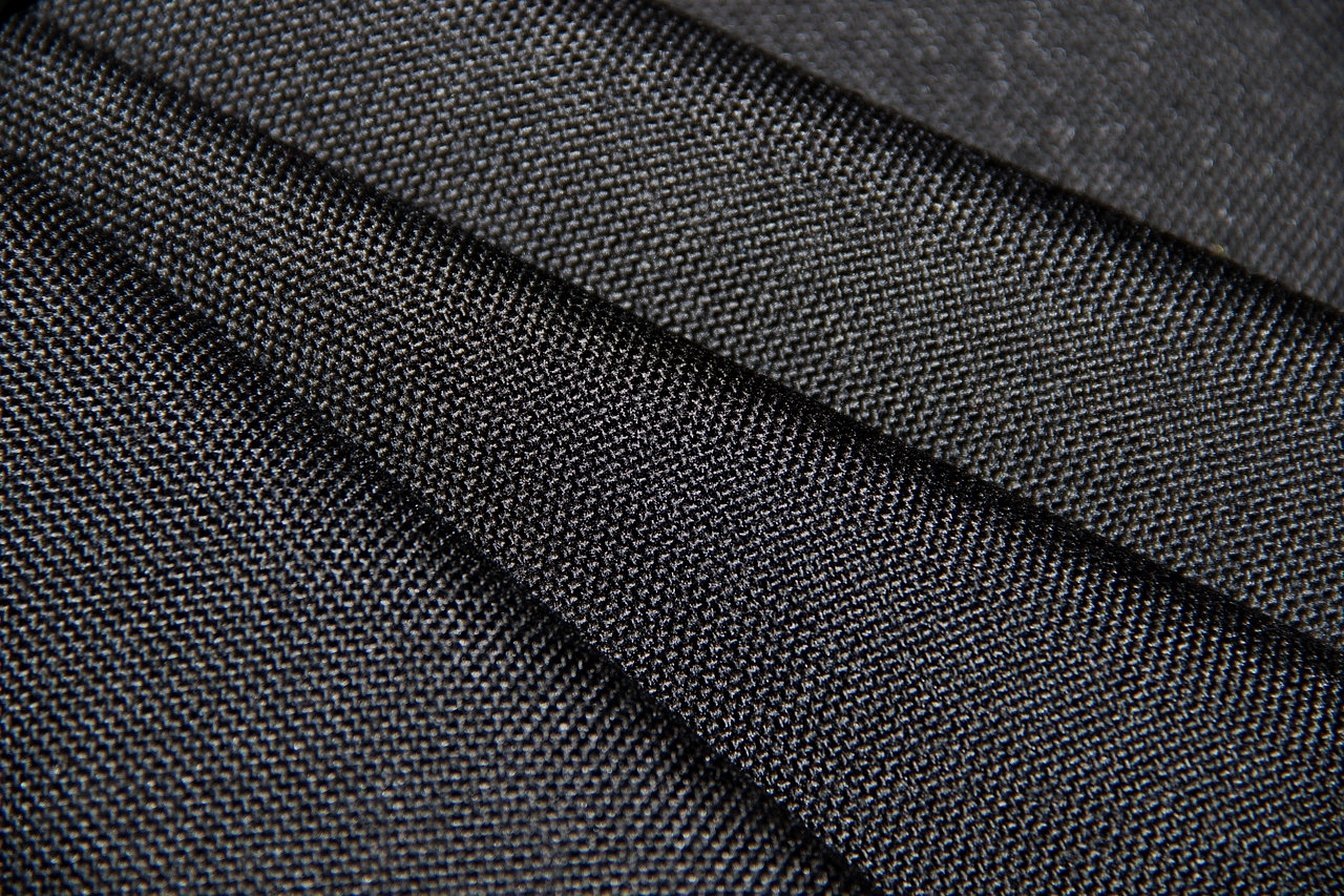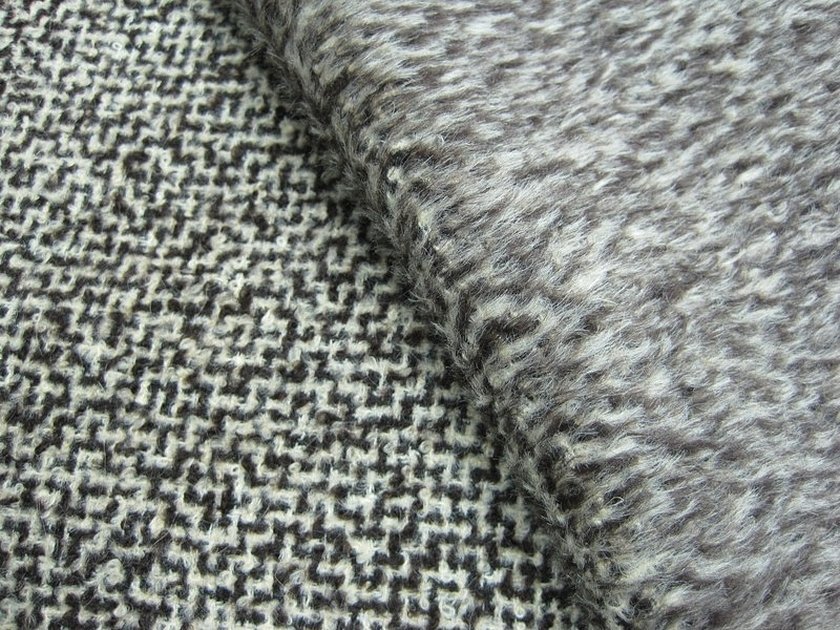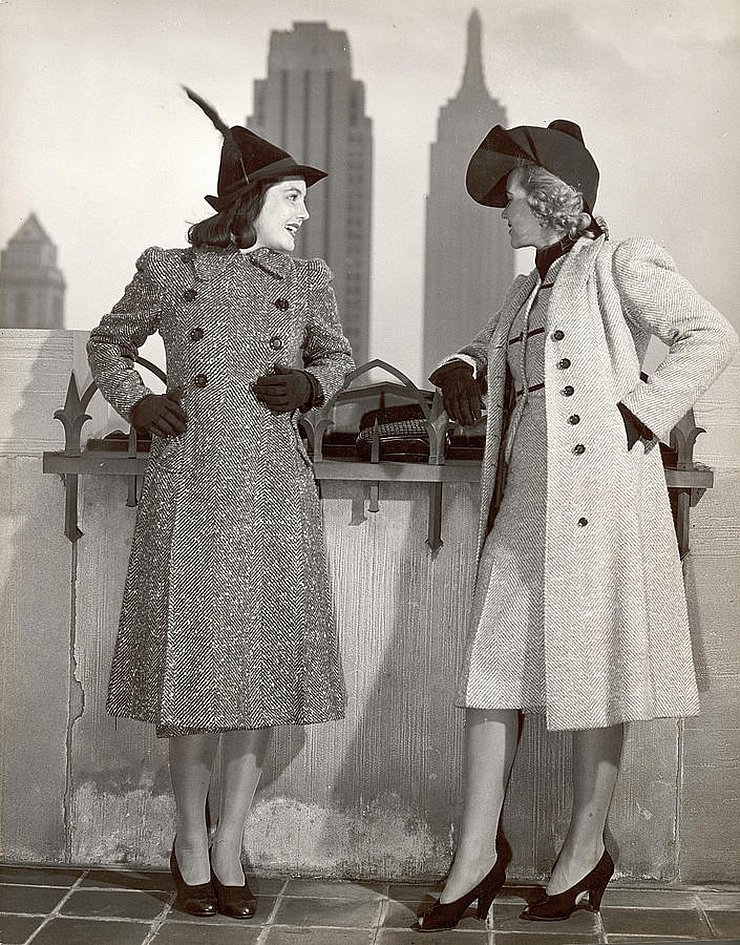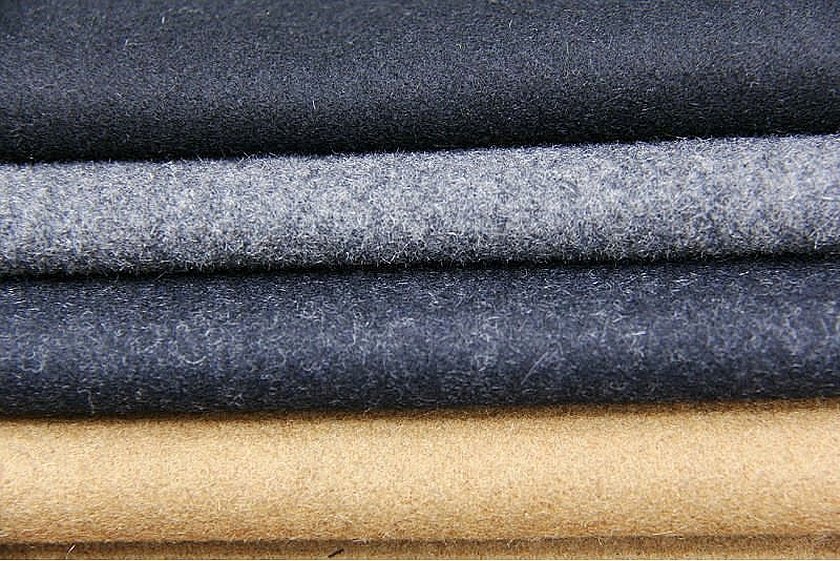Recently, more and more fabrics made of synthetics and natural materials have appeared. Manufacturers are constantly trying to improve the quality of materials and make new raw materials better than those produced 5 years ago or those produced by their competitors now. However, there are fabrics that have changed little since their creation and are still popular. Drape is one of them.
Drape - what kind of fabric is it?
Drape is a fairly heavy and dense natural wool fabric. This material is created from complexly intertwined machine-spinned yarn. In its pure form, drape is woolen cloth with a smooth felted top layer. It is usually made of two layers: a higher-quality face layer and an inner, lower-quality layer. This type of tailoring improves the thermal insulation properties of drape.

Drape fabric is soft to the touch, voluminous and warm. It is not for nothing that coats are made from it. Modern drape is more elastic and lighter than its predecessor. It is made from restored wool fibers intertwined with synthetics. It is an “eternal” fabric that is not afraid of time, cold or rain.
Features of manufacturing and composition
The technology of making drape is different from that of cloth, although "drap" is translated from French as "cloth". It was in France that this fabric first appeared. It consists of a special method of interweaving the warp and weft. In this method, the threads are arranged in one and a half or two layers.

Important! At the beginning of its invention, drape was made only from natural wool of the highest quality. Moreover, the fabric was double-sided, that is, both sides could be the front. This allowed you to rip an old drape coat and sew it inside out.
The new generation of drape is divided into types that differ in the manufacturing method:
- Light and thin fabric such as twill or satin. Weight: 400-500g per 1m2;
- Dense material obtained by weaving in one and a half layers. Weight: 500-600 g per 1 m2;
- The densest and most expensive classic double-sided fabric. Weight: from 700 g per m2.
Often, when making fabric using the latter method, wool of inferior quality is used for the back side. Thin threads are used in combination with regenerated wool fiber. This technology makes the fabric less dense and makes the final product cheaper, but its inner side becomes less presentable in appearance and touch.

The presence of synthetic fabric fibers in cheap drape reduces its thermal insulation properties and wear resistance. Such material feels looser, but it is more affordable. There is also a completely synthetic drape. A coat made from it is unlikely to warm and will not last long.
History of appearance
The material drape is a type of cloth that was made in Rus' as early as the 15th-16th centuries. It was almost the main household occupation. But drape is not exactly cloth, although it is translated as such from French. They first invented and learned to weave drape fabric from thick threads on reliable machines in France during the Industrial Revolution.
Important! This material immediately gained recognition and popularity not only in France, but also abroad, all over the world. To this day, drape raincoats protect people from rain and frost better than any synthetic down jackets.

Types and characteristics
This fabric has different names depending on the material. The main difference is the height of the fabric pile and the methods of its processing and laying. If the laying is done with a press, the surface will be smoother. This drape is cheaper than premium drape with a long pile, called ratin. Ratin looks more beautiful, since its diagonal pile forms various beautiful patterns. Another type of drape is velour drape, which becomes smooth and velvety after washing.
A special type of drape is drape melange, which is woven from two-color yarn. It is similar to tweed with its fishbone and houndstooth patterns, but is denser, thicker, and has more warming properties.
The main properties of any type of drape fabric are:
- Wind protection;
- Heat retention;
- Good air permeability even for the thickest types;
- No smell and it quickly dissipates;
- Durability and resistance to mechanical damage;
- Low crushability and firmness;
- Easy cutting and sewing;
- Absolutely undemanding in care.
Important! The most common is a mixed drape, consisting of several types of wool, including synthetics. It is called semi-wool, and the wool itself must be at least 30%. The more wool in the final product, the better it protects from bad weather and lasts longer.

Scope of application
From the very beginning of its production, this fabric was used to make outerwear and headwear. This has not gone away and is now used to sew coats. Lightweight types are used to create jackets, skirts, warm trousers and pants. Drape is one of the most elegant and warm fabrics for cold and rainy weather.
Synthetic and mixed types are used to create toys, carpets and accessories, as well as for furniture upholstery and in interiors. Semi-wool material has found application in the manufacture of special clothing for workers in "hot" industries.

Care instructions
The fabric requires virtually no additional care. It is easily cleaned from dust by simply shaking, brushing or vacuuming. Stains, including grass, are easily removed with gasoline, soap or ammonia. Dry cleaning is suitable for items that are worn all season. If the fabric is thin, hand washing in warm water and thorough rinsing is also possible. There is no need to wring out the clothes when washing like this: hang them horizontally until completely dry.

If you need to iron a thing, do it from the inside out on a damp cloth. When storing, do not forget about protection from moths and put things in an inaccessible place or in a cover.
Advantages and disadvantages of the material
The advantages of the fabric come from its properties. It retains heat well and is windproof, retains its shape well and is easy to re-cut.
Drape goes well with any kind of accessories and is suitable for everyday and work wear. It requires additional care and processing.
The disadvantage of the fabric is that it is difficult to iron. This can be overcome by storing the items horizontally and ironing them using the steam function of the iron or a special garment steamer.

Which fabric is better for a coat: drape or cashmere
Cashmere, like drape, is elegant and dense. These two materials are ideal for wearing in frost and rain. It is not easy to choose one of them. The difference is that cashmere is softer and is suitable for loose clothing. Drape should be tight-fitting. If you choose a fabric based on its ability to protect from the cold, then pure cashmere will be a better choice compared to sheep wool. However, pure wool from the fleece of cashmere goats is expensive and rarely goes on sale.
Reviews
Olga, 42, Kazan: "I bought myself a drape coat. I had only heard about its properties from descriptions before and decided to try it. I really liked how it felt and how easy it was to care for. I recommend it to everyone instead of synthetic down jackets for the winter."
Irina, 34, Vladimir: "I decided to have a custom-made drape coat made to fit my shape. The fabric turned out to be relatively cheap and the cut was quick and easy. I wear it with pleasure in frost and rain."
Drape fabric is one of the best choices for wearing during the rainy and cold seasons. The fabric is easy to care for and weather conditions and protects better than any synthetic jackets, while standing at approximately the same level with them. Numerous positive reviews from people testify to all the advantages of the material and its qualities.




